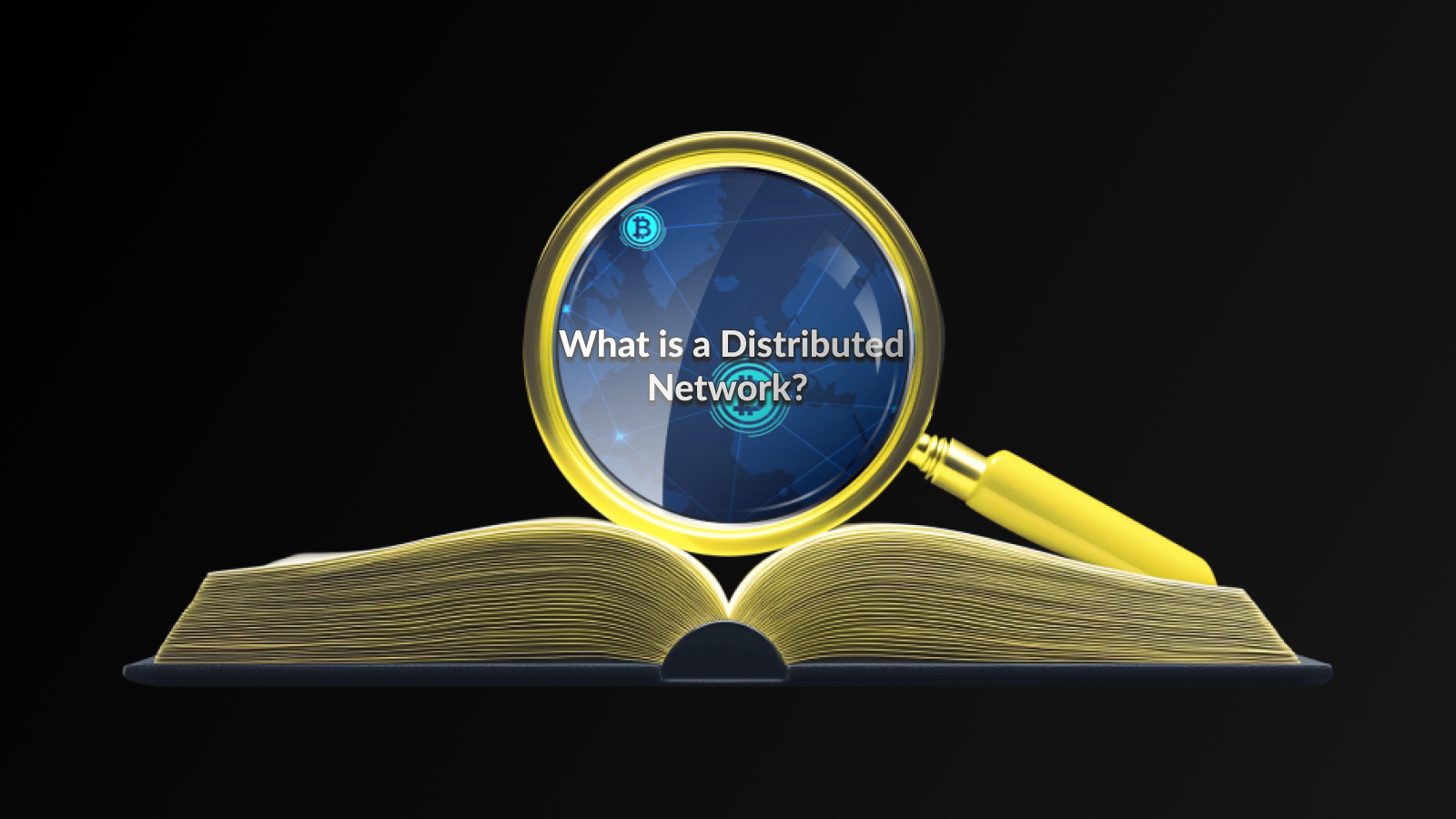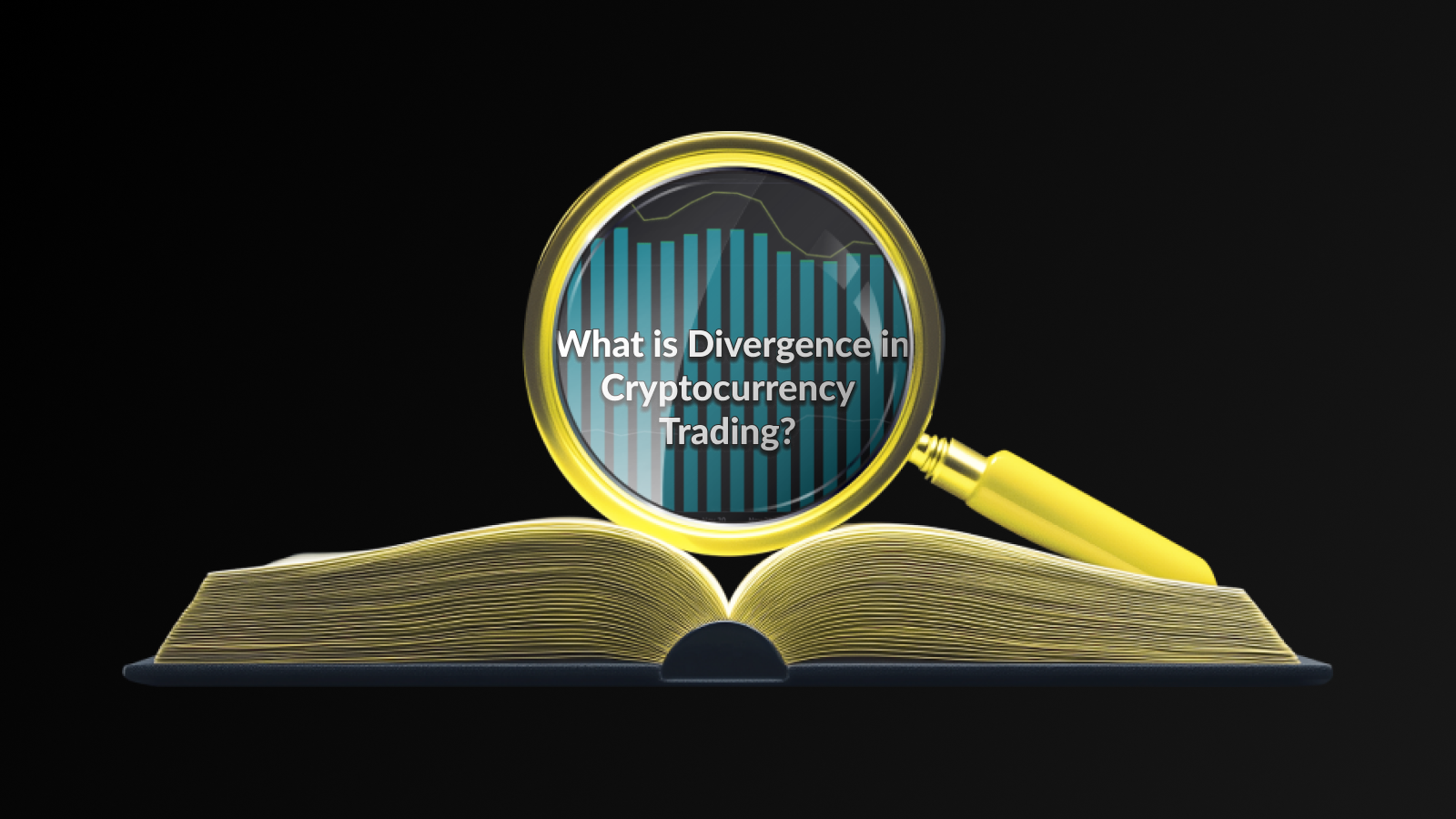Introduction
A Distributed Network is a system that operates on the principle of decentralization, wherein computing resources and data are spread across multiple nodes instead of being concentrated in a single location. This topology enables a robust framework for communication and resource sharing, allowing participants to collaborate more efficiently. As technology advances, the significance of such networks is becoming increasingly prominent, especially in fields like cryptocurrency and blockchain.
The architecture of a Distributed Network enhances security and resilience, as it reduces the risk of a single point of failure. By distributing tasks and data across various nodes, the system ensures that no individual entity has control over the entire network. This decentralized approach not only fosters transparency but also promotes trust among participants, which is essential in sectors where security and integrity are paramount.
Moreover, the flexibility inherent in a Distributed Network allows for scalability, meaning the network can grow and adapt to increased user demands without compromising performance. This characteristic is particularly beneficial in dynamic environments like financial technologies, where the capacity to handle fluctuating workloads is crucial.
As we delve deeper into the specific applications and challenges associated with Distributed Networks, it is clear that their role in the future of technology cannot be overstated. Understanding how these networks function and their potential benefits will offer valuable insights into their growing impact on various industries.
How Does a Distributed Network Work?
A distributed network operates by decentralizing the traditional client-server model, which is typically seen in centralized networks. In a distributed architecture, each node, or participant, in the network can act independently while still maintaining a connection to other nodes. This interconnectivity allows for resource sharing and collaboration, enabling a robust and resilient structure.
Communication within a distributed network occurs through protocols that ensure data is transmitted securely and efficiently. Nodes relay information to one another and may employ algorithms to achieve consensus or validate transactions. This process is particularly important in blockchain technologies, where the integrity of data is paramount.
Another fundamental aspect of how a distributed network works is redundancy. Because multiple copies of data exist across various nodes, the system can withstand failures such as hardware malfunctions or network outages. This resilience is a significant advantage, as it minimizes downtime and enhances data availability.
Moreover, the scalability of a distributed network allows it to grow seamlessly. As more nodes join the network, they can share the workload and contribute resources, which is essential for applications that require high throughput and low latency, such as cryptocurrency transactions.
The effective operation of a distributed network hinges on decentralized control, secure communication protocols, redundancy, and scalability, making it a pivotal technology in various fields, including cryptocurrency and blockchain applications.
Benefits of Distributed Networks in Cryptocurrency
The concept of a Distributed Network brings several advantages to the cryptocurrency ecosystem. One of the primary benefits is enhanced security. Unlike centralized systems, where a single point of failure can compromise the entire network, distributed networks spread data across multiple nodes, making it significantly harder for malicious actors to execute attacks.
Additionally, distributed networks promote transparency. All transactions and operations are recorded on a public ledger, allowing users to verify transactions easily. This transparency builds trust among users, which is crucial in the often hesitant world of cryptocurrencies.
Scalability is another benefit that distributed networks offer. As demand for cryptocurrency transactions increases, the infrastructure can grow organically. New nodes can join the network, accommodating more transactions without overloading the system, thus maintaining efficiency.
Moreover, distributed networks enhance the operational resilience of cryptocurrency platforms. In cases of network failure or local issues, the distributed nature ensures that the system can self-correct and continue functioning, minimizing downtime and disruption.
The decentralized nature of distributed networks empowers users by reducing reliance on intermediaries, leading to lower transaction fees. This can make cryptocurrency transactions more affordable and accessible to a broader audience.
Applications of Distributed Networks in Blockchain and Crypto
Distributed networks have revolutionized various sectors, particularly in blockchain and cryptocurrency applications. By leveraging a distributed network, these technologies provide enhanced security, transparency, and efficiency that traditional systems often lack.
In blockchain applications, distributed networks facilitate decentralized data management. Each participant in the network maintains a copy of the entire blockchain, ensuring that no single entity controls the flow of information. This decentralization helps in reducing fraud and providing an immutable record of transactions.
Cryptocurrencies rely heavily on distributed networks to operate efficiently. This decentralized architecture allows for peer-to-peer transactions, eliminating the need for intermediaries such as banks. It also enables users to transact directly with each other, fostering greater financial inclusion and accessibility.
Moreover, distributed networks empower smart contracts, which are self-executing contracts with the terms directly written into lines of code. These are integral to various blockchain platforms, allowing for automated processes that enhance operational efficiency and reduce costs.
Overall, the applications of distributed networks in blockchain and cryptocurrency serve to create a more secure, efficient, and transparent digital ecosystem, paving the way for innovative solutions in various industries.
Challenges of Distributed Networks
While Distributed Networks offer numerous advantages, they also pose significant challenges that must be addressed to ensure their functionality and security. Here are some of the main issues:
- Scalability: As the network grows, maintaining performance and efficiency can become difficult. Increased transactions and nodes may lead to congestion, thereby slowing down the entire network.
- Security Concerns: Although Distributed Networks are often touted for their security, they can still be vulnerable to various types of attacks, including Sybil attacks and 51% attacks, especially if the majority of the computing power is controlled by a single entity.
- Data Consistency: Keeping data consistent across all nodes can be challenging. In cases where multiple copies of data exist, discrepancies can arise, leading to inaccurate information being processed.
- High Latency: The decentralized nature of a Distributed Network can lead to higher latency in data transmission, particularly if nodes are spread across vast geographical areas.
- Complexity of Management: Managing a decentralized system requires sophisticated protocols and governance structures that can complicate operational procedures.
- Resource Allocation: There can be inefficiencies in resource allocation, as nodes may not always optimally use their processing power and storage capacity.
Addressing these challenges is crucial for the successful implementation and optimization of a Distributed Network. Continuous research in the field aims to develop strategies to mitigate these issues and enhance the overall performance of these networks.
Frequently Asked Questions
What is a distributed network?
A distributed network is a system in which multiple computers or devices work together to achieve a common goal, sharing processing power and resources across various locations.
What are the main characteristics of distributed networks?
The main characteristics include decentralization, scalability, fault tolerance, and resource sharing, allowing for better reliability and performance.
How does a distributed network differ from a centralized network?
Unlike a centralized network where a single server manages data and resources, a distributed network spreads this responsibility across multiple nodes, reducing bottlenecks and single points of failure.
What are some common applications of distributed networks?
Common applications include peer-to-peer file sharing, cloud computing, blockchain technologies, and distributed databases.
What are the benefits of using a distributed network?
Benefits include enhanced performance, increased reliability, improved resource utilization, and greater scalability compared to traditional centralized systems.
What challenges do distributed networks face?
Challenges include managing communication latency, security vulnerabilities, data consistency issues, and complex network management.
How can one ensure security in a distributed network?
Security can be ensured through encryption, authentication protocols, regular updates, and monitoring for anomalies within the network.
Disclaimer
This article is for informational purposes only and does not constitute financial, investment, or legal advice. Distributed networks and blockchain technologies involve regulatory, security, and scalability considerations. Always conduct your own research and consult with a licensed professional before engaging in crypto-related activities. Darkex does not guarantee the accuracy or reliability of third-party information referenced in this article.
Click for more Darkex educational articles.





